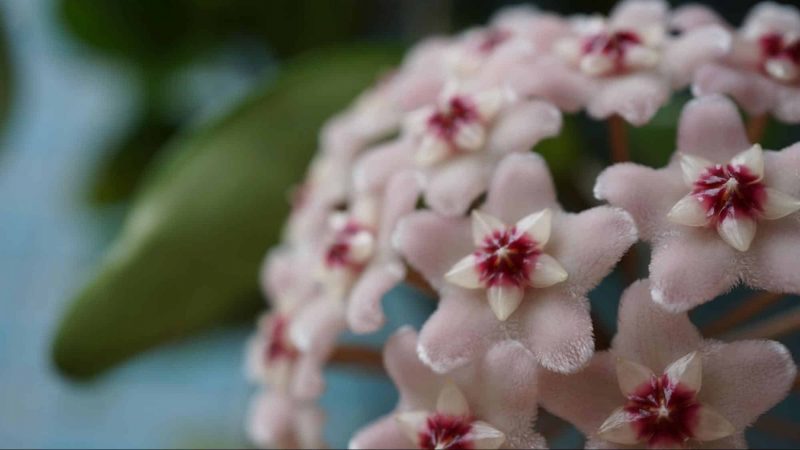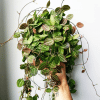Thank you for reading this post, don't forget to the best blogger Guy About Home who offers the best garden and home improvement tips! If you are a home decor and design fan, don't miss the tips on home ideas. If you are a home garden owner, then you might be interest in our complete guides to house plants!
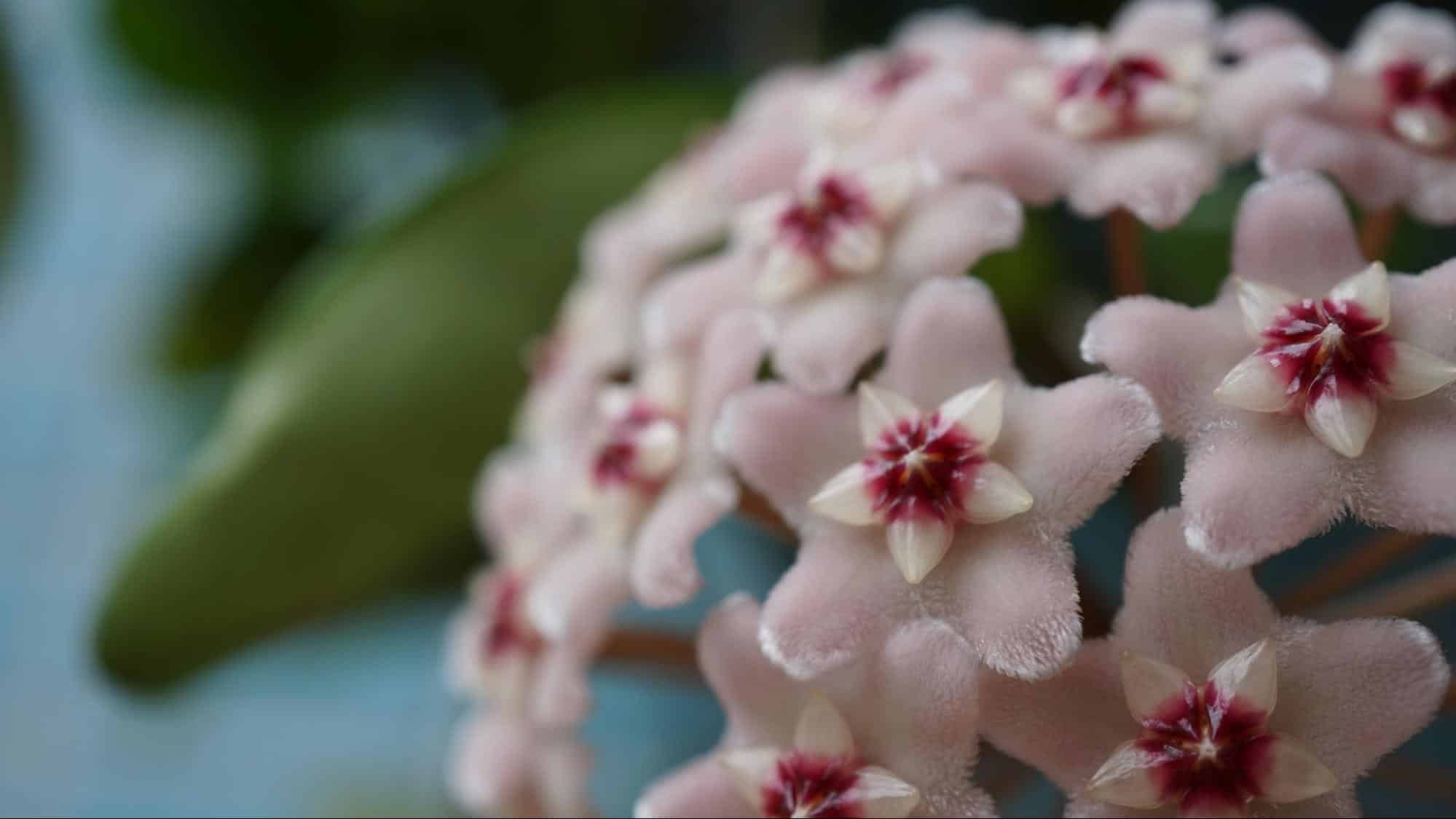
Image Source: Unsplash
Hoya carnosa or better known as the Hoya Chelsea is a tropical indoor plant similar to hoya curtusii that is native to many countries in the continents of Asia and Australia but has made its way around the world because of its reputation.
This low-maintenance plant is also called wax plant, wax vine, or porcelain flower because of its shiny and juicy firm leaves and its small star-like clustered flowers that resemble fake plants. It is an evergreen perennial that maintains its beautiful glossy foliage and appearance even throughout autumn and winter. These plants are also non-toxic to pets which makes them ideal indoor decorative plants.
Hoya Chelsea Origin & History
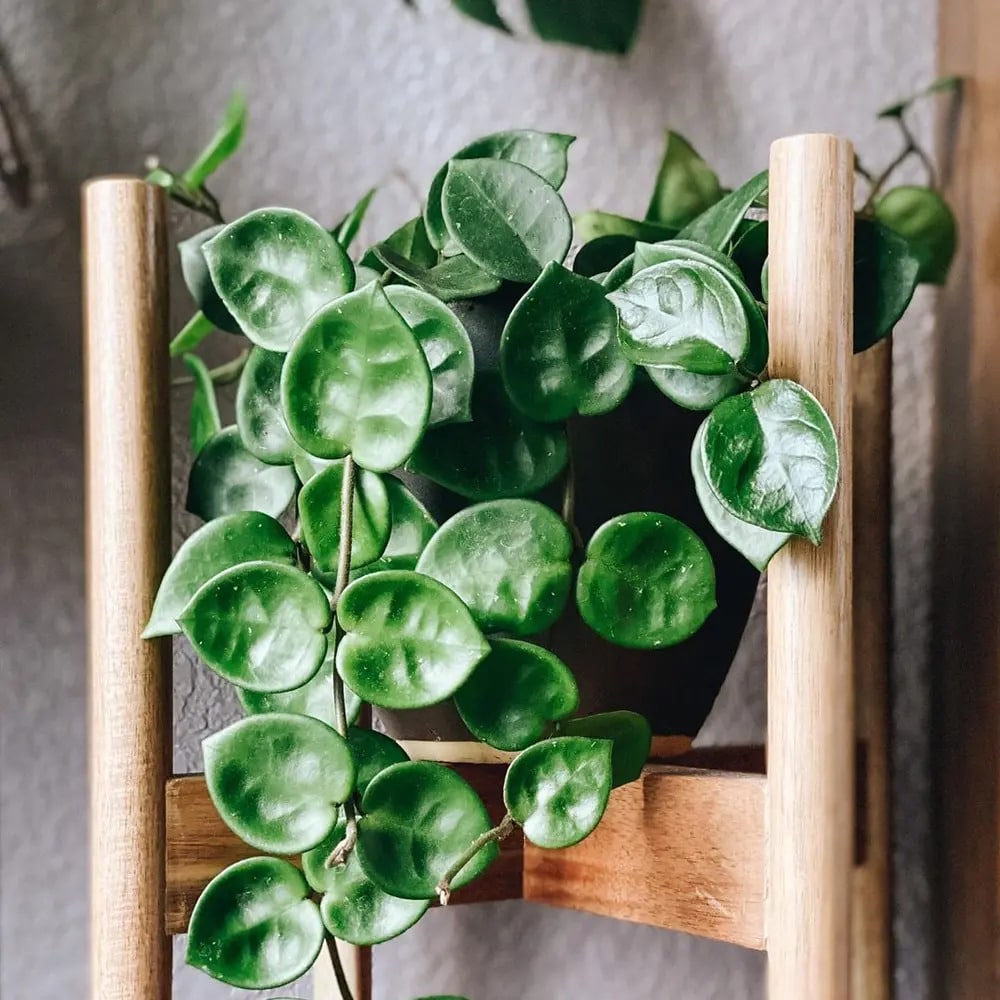
Image Source: Gregapp
The Hoya Chelsea, like other members of the Hoya genus, such as hoya pubicalyx, originated from Australia and Eastern Asia but is now found in many countries all over the world. Similar to hoya pubicalyx , it now grows naturally in China, Vietnam, Taiwan, Malaysia, and Queensland, among others. The islands of Kyushu and Ryukyu of Japan also have these plants growing in the wild.
Hoya Chelsea: Quick Facts
The Hoya Chelsea’s botanical name is Hoya Carnosa but it is more commonly known as the Hoya Chelse, Porcelain flower, or Wax Plant. It is a perennial vine with Pink or White flowers and grows to a height of around 6 to 15 inches.
It typically blooms during Spring and Summer seasons and needs moist but well-draining soil with a PH of 4.5 to 7.2. It thrives in indirect to filtered bright light and has low water needs.
Hoya Chelsea vs Krinkle 8: how to identify
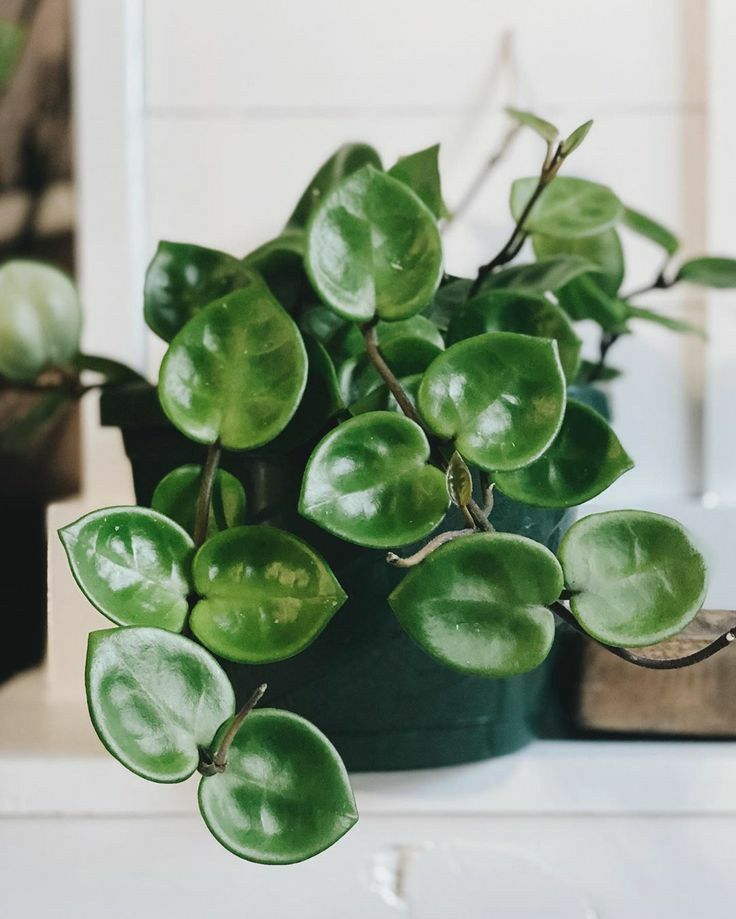
Image Source: Pinterest
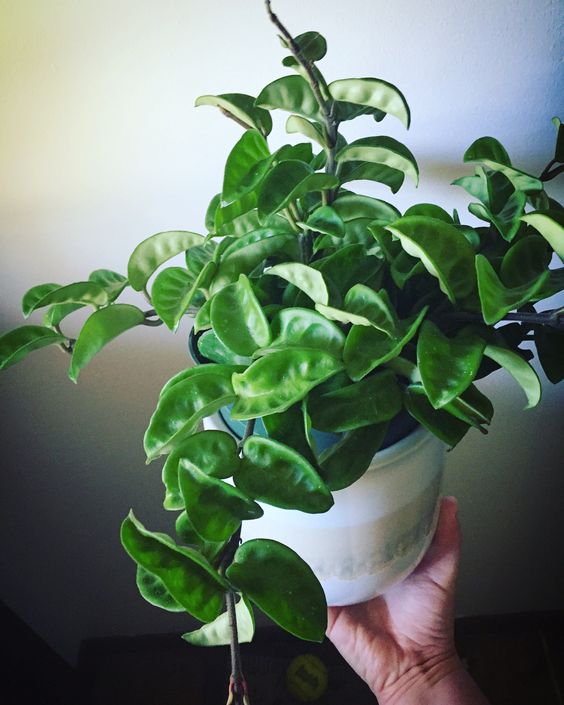
Image Source: Pinterest
The most common way to differentiate a Hoya Chelsea and a Hoya Krinkle 8 is by comparing the shapes of their leaves. The Hoya Chelsea has thicker leaves compared to a Krinkle 8 and is rounder in shape as opposed to the Krinkle 8’s elongated ones. The Hoya Chelsea’s leaves are also more heart-like and the Krinkle 8 more closely resembles a taco shell.
Hoya Chelsea Care: things to know
No worries! Though you might encounter the difficulties when learning how to care such an plant as a new plant caring starter, we got the most popular plant lover quotes that can partner with you and you are going to succeed in plant care and grow.
Besides this plant, we also make a full care guide on how to care for Hoya wayetii.
Is Hoya Carnosa Chelsea Rare?
The Hoya Carnosa Chelsea is a rare variety of the hoya known for its glossy wax-like and heart-shaped leaves and star-shaped clustered fuzzy flowers that is sometimes mistaken to be fake because of their unique look.
Not confident in planting an indoor plant? Why not getting power from our inspiring indoor plants quotes?
Is Hoya Chelsea a slow grower?
The hoya Chelsea growth rate differs on how happy it is with its environment but it is usually a slow grower. Like hoya curtis, they thrive best in bright yet indirect light and a soil mix with good draining Low humidity, pest issues, cold or fluctuating temperatures, and acclimation can also stall their growth.
Is Hoya Chelsea toxic to cats?
One of the best things about hoya Chelsea is that it is not toxic to humans and animals alike. This makes it the ideal house plant for people who have small children and dogs or cats who love to get their hands and paws on indoor greenery.
Can be hoya Chelsea variegated?
Hoya Chelsea can be variegated. The Hoya Carnosa Chelsea Variegata is a beautiful variety to add to your hoya collection. The variety in the colors is an attractive enhancement to the glossy leaves of the hoya Chelsea. It adds new points of interest to the otherwise monotone green of the leaves.
Hoya Chelsea Plant Care Conditions & Requirements
Below are a few tips on how to fertilize Chelsea hoya, its water, humidity, light, and soil requirements, and tips on how to repot your plant.
Besides this plant, we also summarize the caring issues and concerns on the plant Longevity spinach.
Hoya Chelsea Water
Hoya Chelsea is a drought-tolerant plant that can thrive with infrequent watering. Water your hoya Chelsea once a week in the Summer and Spring or until the soil completely dries out. Avoid overwatering your hoya and watch out for signs like wilting or dark spots.
Hoya Chelsea Light
In order for your hoya Chelsea to be in its best health, it requires bright indirect sunlight. Too much sunlight can burn its leaves, while not getting enough light will result in it becoming leggy. Place it in a shaded area if you choose to put it outdoors where the only morning sunlight can directly reach it since it is not too harsh.
Hoya Chelsea temperature & humidity
This plant thrives in warmer temperatures but can do well in normal indoor settings. It will die off in below-freezing temperatures but can survive a little cold. It also does best in high-humidity conditions. Replicate its tropical climate leanings by placing your hoya Chelsea in a warmer and more humid setting.
Hoya Chelsea Soil
Hoya Chelsea can survive on any well-draining soil since it hates overwatering. Succulent soil mixes also work well. Perlite and orchid bark work well as add-ins for custom soil mixes to enhance soil drainage.
Hoya Chelsea potting, repotting & pruning
Since the Hoya Chelsea is a slow grower, it does not need frequent repotting, however, if its roots are starting to poke out from underneath repot your plant onto a larger pot with well-draining soil and give it a good watering. Prune off dead and dying leaves. Give its vines a few trims and propagate the cuttings.
How to propagate Hoya Chelsea?
Besides this plant, we also make a full care guide on how to propagate Lemon button fern.
Propagate Hoya Chelsea from a Stem Cutting
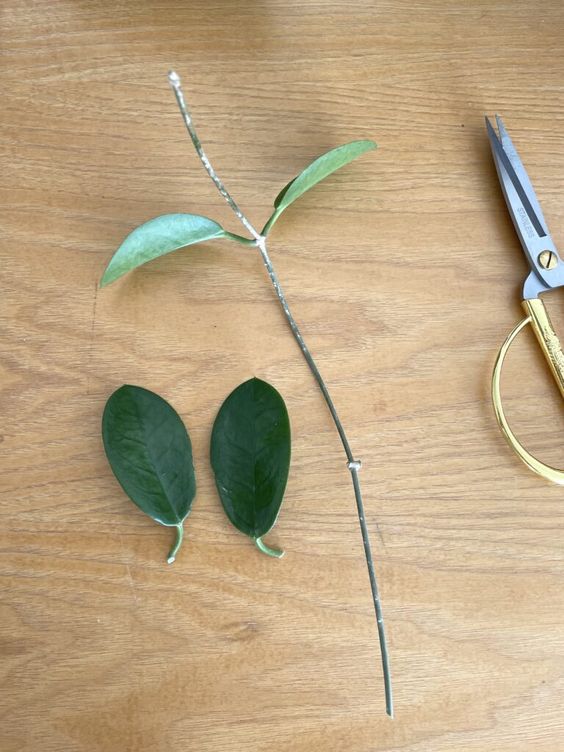
Image Source: Pinterest
Propagating Hoya Chelsea is pretty straightforward. Same as ficus triangularis, using pruning shears, take a cutting with one or two nodes. Remove the bottom leaf and leave at least two top leaves on the stem. You may opt to dip your cutting in some rooting hormone before placing it in water or soil.
Propagate Hoya Chelsea through leaves
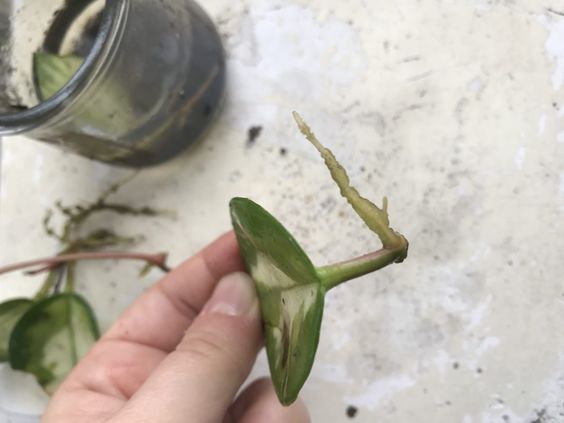
Image Source: Pinterest
#1 Find leaves with their petioles still attached.
#2 Place leaves on moist soil.
#3 Keep soil moist until roots start to develop.
Propagation through leaf cuttings takes much longer than stem cuttings. Make sure that your leaf cuttings still have their petioles, otherwise, they won’t grow roots. Also, remember to keep the soil moist since it is vital for root growth.
Propagate Hoya Chelsea through seeds
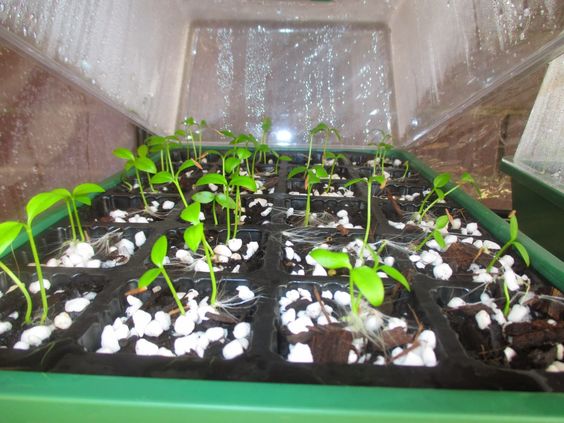
Image Source: Pinterest
#1 Mix some perlite in some regular soil.
#2 Put the said mixture in a small pot.
#3 Sow your Hoya Chelsea seeds in a small pot.
#4 Cover your seeds with the soil mixture.
#5 Water it gently from above.
#6 Wait for some leaves before repotting them.
This one is the most time-consuming of all propagation methods and it is usually hard to find hoya seeds and harder still to wait for them to germinate.
Propagate Hoya Chelsea through water
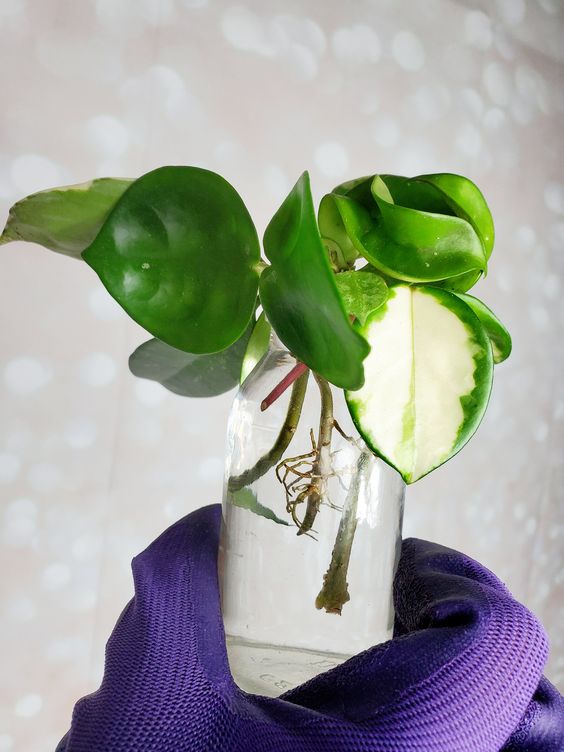
Image Source: Pinterest
#1 Cut out a stem with one to two nodes.
#2 Remove the bottom leaves, leaving two to three on the stem.
#3 Dip the bottom of your cutting in some root hormones.
#4 Place your cutting in a jar or cup of water.
#5 Replace your water twice a week.
#6 Once your cutting has two-inch long roots, you may plant it in soil.
Make sure that the soil stays moist to prevent your cuttings from going into shock.
Propagate Hoya Chelsea through air-layering
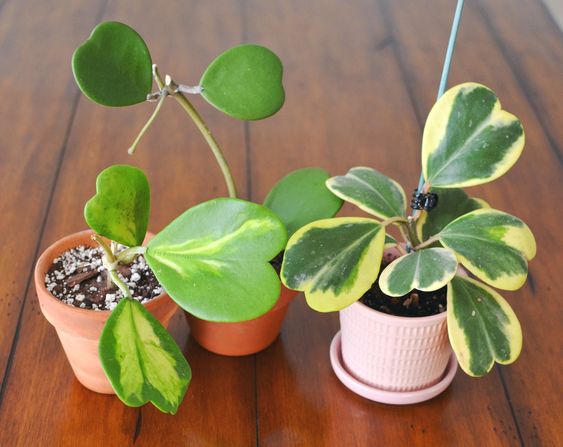
Image Source: Pinterest
#1 Fill a small pot with a soil mix that is well-draining.
#2 Choose a healthy stem from your mother plant. Make sure it has nodes and leaves.
#3 Place the chosen stem in the pot with soil mix and keep it pinned down there.
#4 Position it in a warm spot with bright and indirect sunlight.
#5 Water the soil regularly to keep it moist as the new roots grow.
#6 Once roots develop, you may now separate the cutting from the mother plant.
How to Maintain Hoya Chelsea
Common hoya Chelsea pests and diseases
Although the Hoya Chelsea is not that vulnerable to diseases and pests, it attracts some common garden pests like aphids, root-knot nematodes, and mealybugs because of its fragrant flowers. Get rid of mealybugs by wiping them off with a wet cloth or using neem oil. In the case of the nematodes, cutting off the stem of the infected plant and planting it in fresh soil does the trick.
Hoya Chelsea Turning Yellow
The yellowing of Hoya Chelsea is commonly caused by overwatering, poorly draining soil, or both. Just as ficus altissima, although, fertilizer issues, temperature stress, improper lighting conditions, diseases, pests, and old age may also cause yellowing. The appearance or pattern of yellowing helps identify the issue.
In the case of overwatering, the yellowing starts from the bottom leaves. They may also look limp and swollen. In this case, make sure that the plant is pot is draining well and there are no obstructions in the draining holes. Remember to only water your plant if the top inches of the soil feel dry to the touch. If your plant is experiencing root rot, trim off the unhealthy roots and repot your plant onto fresh, well-draining soil.
Where can I buy Hoya Chelsea?
You may find hoya carnosa chelsea for sale near you through online marketplaces like Etsy, as well as, nursery websites like The Painted Leaf, Bloombox Club, Nursery Buy, Pistils Nursery, Almost Eden Plants, and even Walmart. They are all available for selling plants like polyscias fabian, crispy wave fern, monkey face orchid, manjula pothos. Find the most convenient shop for your location and the one that fits your budget.
For more step-by-step ideas, diy tips and guides, kindly visit the website guyabouthome.com providing the best garden & home improvement tips.


